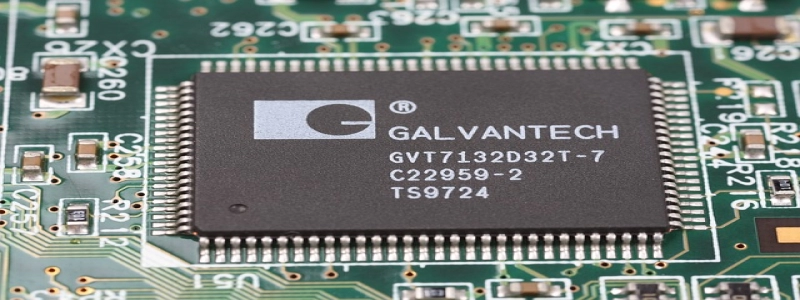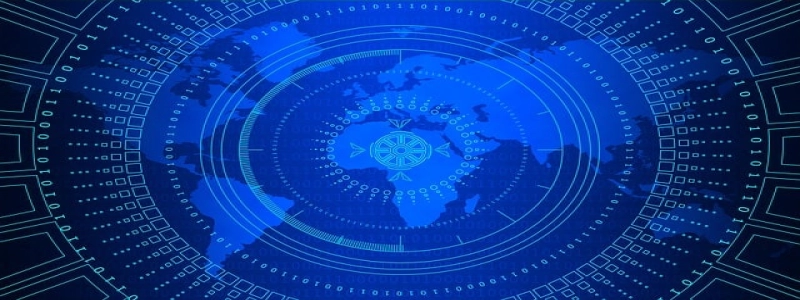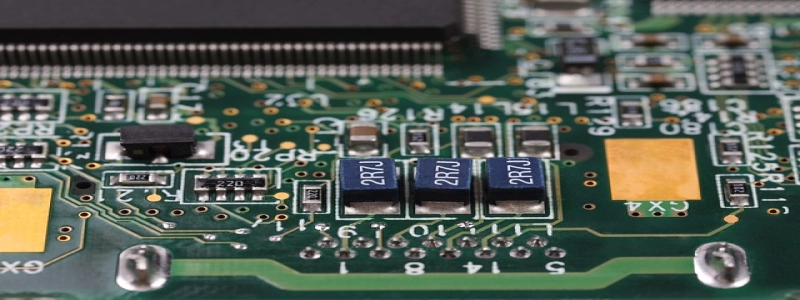LC Transceiver
Introduction
A LC transceiver is a type of communication device that combines both a transmitter and a receiver into a single unit. It is commonly used in optical communication systems to transmit and receive optical signals. In this article, we will explore the various components and functionality of a LC transceiver.
1. Transmitter
The transmitter section of a LC transceiver is responsible for converting electrical signals into optical signals. It consists of a laser diode or a light-emitting diode (LED) that emits light within a specific wavelength range. The electrical signals are modulated onto the light signal using techniques such as intensity modulation or direct modulation. The transceiver also includes a driver circuit that amplifies and shapes the electrical signals before they are fed to the laser diode or LED.
2. Receiver
The receiver section of a LC transceiver is responsible for converting optical signals back into electrical signals. It consists of a photodiode that detects the incoming light signals and converts them into electrical current. The electrical signals are then amplified by a transimpedance amplifier and processed by a receiver circuit. The receiver circuit demodulates the signals and performs equalization and error correction to ensure accurate data transmission.
3. Optical Interface
The optical interface of a LC transceiver includes a connector and a fiber optic cable. The LC connector is a small form factor connector that provides a secure and reliable connection between the transceiver and the fiber optic cable. It is widely used in data centers and telecommunications networks due to its compact size and high performance. The fiber optic cable carries the optical signals between the transceiver and the external network.
4. Data Rate and Reach
LC transceivers are available in various data rates, ranging from a few gigabits per second to several hundred gigabits per second. The data rate depends on the modulation format and the wavelength of the optical signal. The reach of a LC transceiver refers to the maximum distance over which the optical signals can be transmitted without significant loss or degradation. The reach depends on factors such as the power of the transmitter, the sensitivity of the receiver, and the quality of the fiber optic cable.
Conclusion
LC transceivers play a crucial role in optical communication systems by enabling the transmission and reception of optical signals. The transmitter and receiver sections convert electrical signals into optical signals and vice versa. The optical interface provides a secure connection between the transceiver and the external network. LC transceivers are available in various data rates and can transmit signals over different distances. They are widely used in data centers, telecommunications networks, and other applications that require high-speed and long-distance communication.








